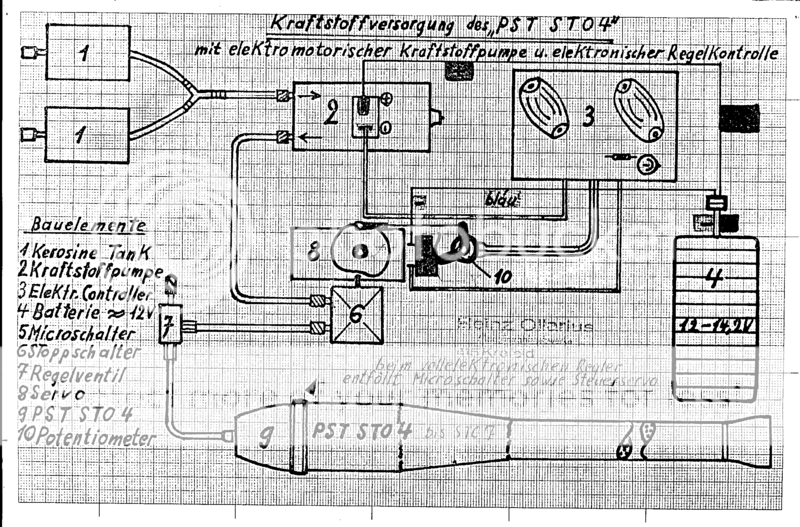I found this circuit online variable speed motor control. I want to use this circuit for hobby model airplane fuel pump for a jet engine. The RC servo will turn the 10K variable resistor to throttle the engine. The original circuit has no thermister so I added one. I need mosfet over heat safery pertection. I have no experienc with thermisters I assume I need 0 ohms at 100 degrees and about 500 ohms at 140 degrees F. I hope I can use STP55NF06 I already have some of those. Mosfet max temperature is 150 degrees. Is that possible for a thermister?




